- Home
- slideshows
- miscellaneous
- Paleontologists are unraveling the mysteries of young T. rexes. Creatures they thought were 2 species turned out to be kids and adults.
Paleontologists are unraveling the mysteries of young T. rexes. Creatures they thought were 2 species turned out to be kids and adults.
Woodward, Williams, and their colleagues gleaned new insights about juvenile T. rexes by examining the skeletons of two small rexes collected in Montana in the early 2000s.

To figure out how old Jane and Petey were when they died, Woodward and her team removed and examined thin slices of bone form the dinosaurs' legs.
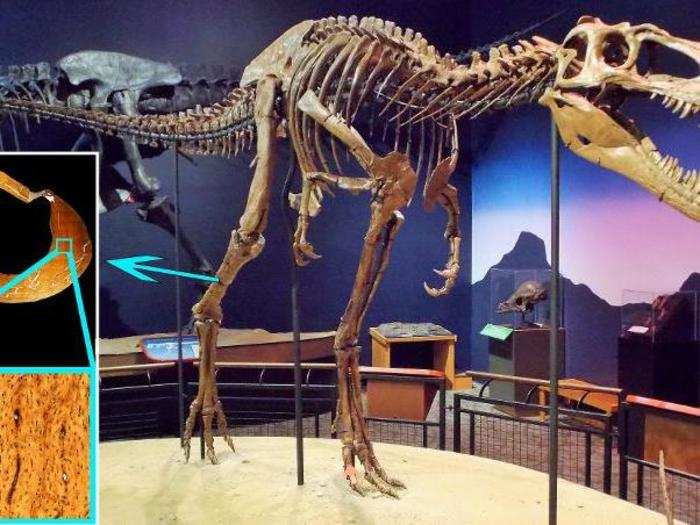
The bone tissue revealed that Jane and Petey were both growing teenagers, ages 13 and 15, respectively, when they died.
Dinosaur bones, much like trees, have growth rings that correspond to the animal's age.
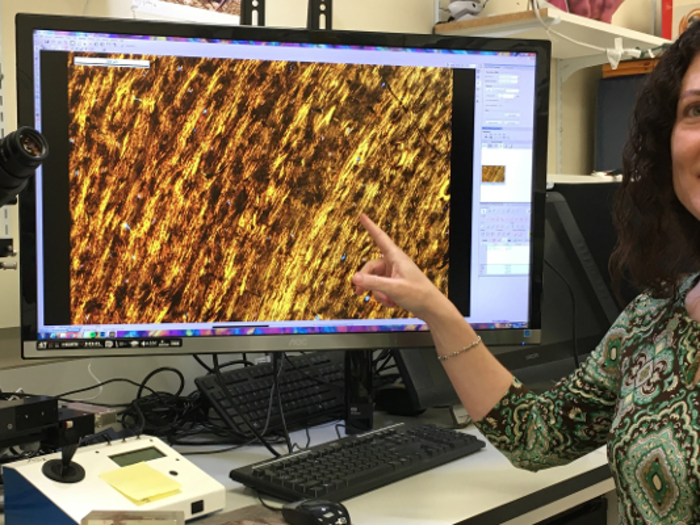
Experts can count the number of rings to determine how old a T. rex was when it died. They can also determine how fast a dinosaur grew at different ages by comparing the spaces between growth rings.
Woodward's team determined that these two T. rexes had been growing at the same speed as modern-day mammals and birds. But Jane and Petey were not done growing when they died — the two juveniles had not yet experienced a major growth spurt, according to the study.
"That tells us they go through a drastic change when they grow up from these sleek, slender, fleet-footed T. rexes with these wonderful knife-like teeth to these big, monster, plodding, crushing tyrannosaurs that we are familiar with," Williams said.
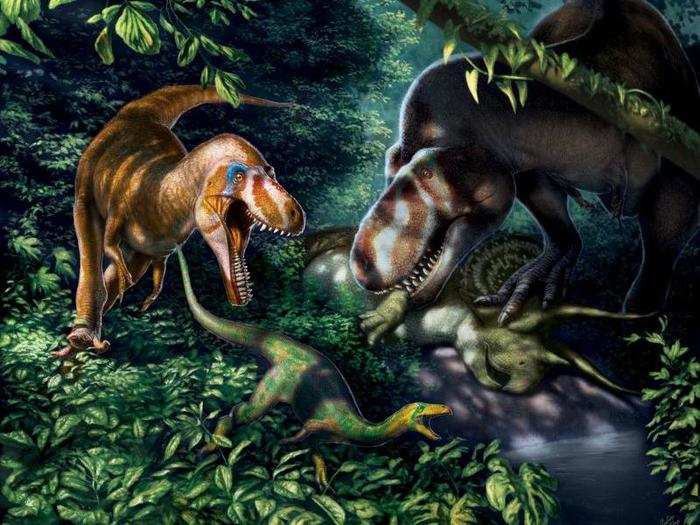
What's more, Jane and Petey's bone rings told the paleontologists that the two rexes grew more in years when food was plentiful.
"Jane and Petey had inconsistently spaced growth rings — some years they did a lot of growing, other years they didn't," Woodward said, adding, "we think the amount of growing has to do with food resource abundance."
A T. rex grew from a tiny hatchling to a 9-ton predator in about 18 to 20 years. But during its early to mid teenage years, its size rapidly increased. Over about 5 years, the T. rex's body mass more than doubled.
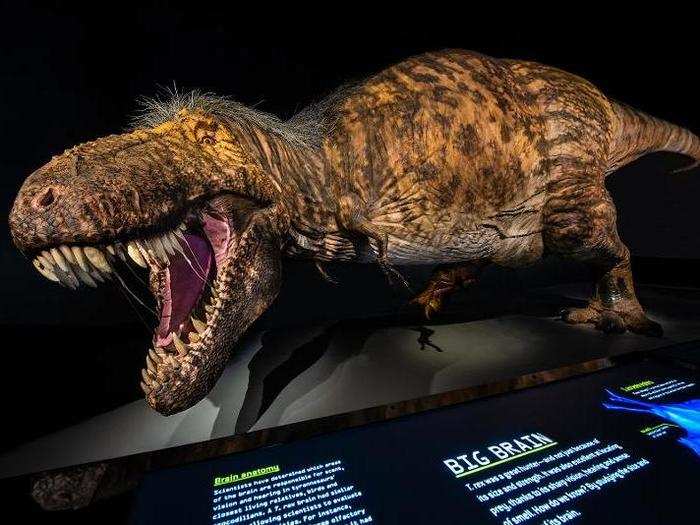
According to a 2004 study, the T. rex grew fairly gradually until its teenage years. By the time it was full-grown, the Tyrannosaurus rex weighed about 6 to 9 tons. It stood about 12 to 13 feet tall at the hip and was about 40 to 43 feet long.
At the peak of its growth spurt, between ages 14 and 18, an average T. rex gained 4.6 pounds (2.1 kilograms) every day.
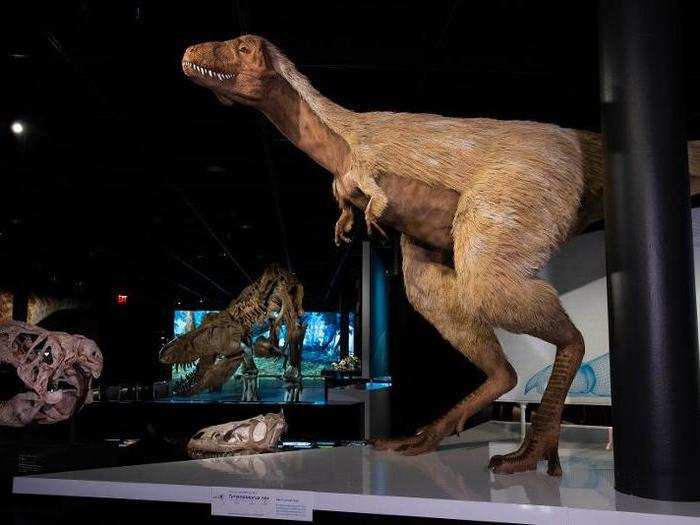
A juvenile T. rex would have weighed about five times more than a 4-year-old boy and was as large as any other predatory dinosaur in its habitat.
T. rexes' rapid growth spurts seem to have created confusion for scientists. Based on their small body size, Jane and Petey were once thought to belong to a pygmy T. rex species called Nanotyrannus.
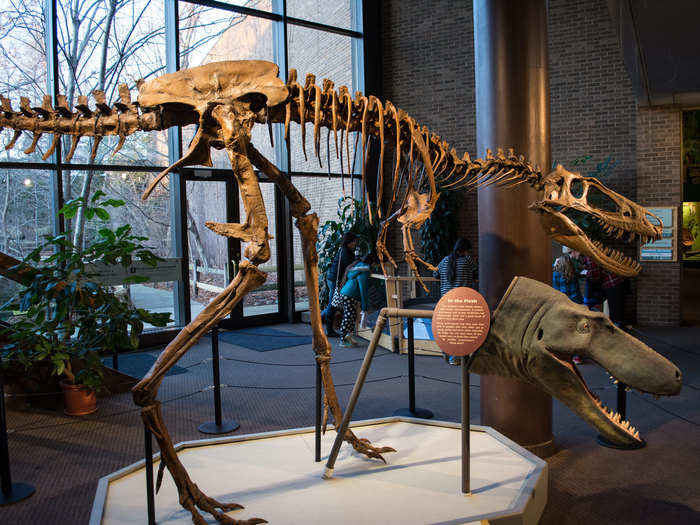
Some scientists thought they weren't even T. rexes at all. But Woodward said her new study shows the Nannotyrannus species is what she calls "an invalid taxon."
"Our study found that Jane and Petey were immature individuals, and the most likely explanation is that they are juvenile T. rex, not a new species of still-growing tyrannosaur," she said.
The study also suggests that a Nanotyrannus specimen at the Cleveland Museum of Natural History was misidentified and is actually a juvenile T. rex, too.
Juvenile and adult rexes had other dramatic differences besides their size. For example, young rexes were covered in feathers for warmth and camouflage.
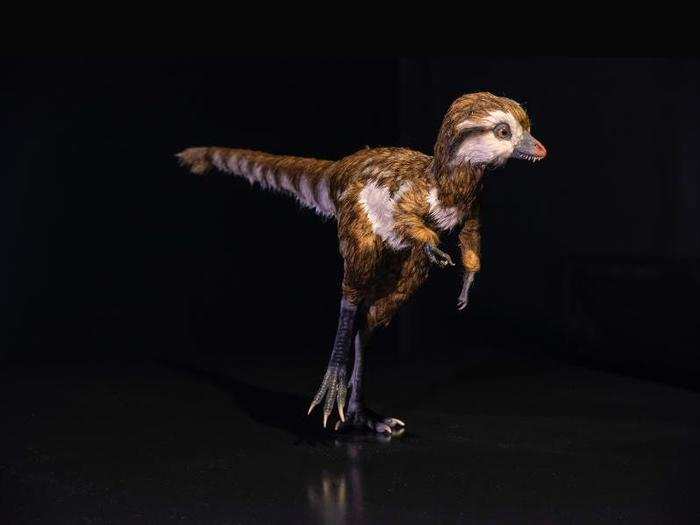
An adult T. rex, on the other hand, rocked a mullet of feathers on its head, neck, and tail.
Young rexes also had slim, agile bodies and blade-like teeth that could cut through flesh. Adult rexes, by contrast, were "head hunters," according to Mark Norell, a curator at the American Museum of Natural History.
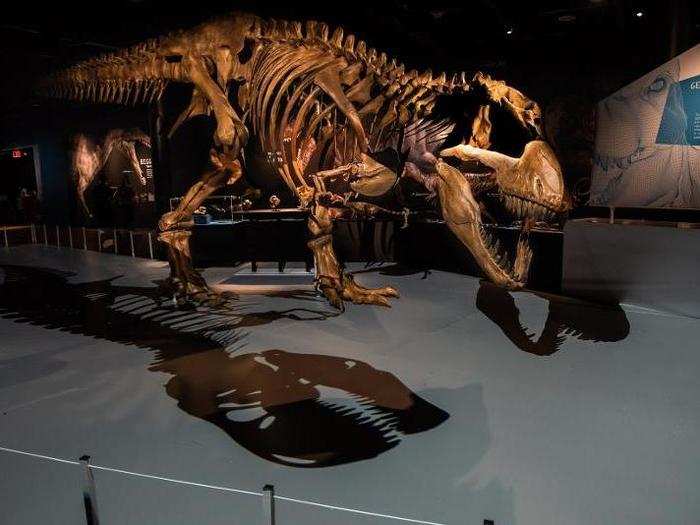
That means T. rexes used their massive heads — and jaws — as their main means of attack during a hunt.
A full-grown T. rex had a bite force of 7,800 pounds, equivalent to the weight of about three Mini Cooper cars. T. rexes had the rare ability to bite through solid bone and digest it. Paleontologists know this thanks to studies of the dinosaur's fossilized poop; they've discovered T. rex feces containing tiny chunks of bone eroded by stomach acid.
No other known animal could bite with such force. A study of the Jane T. rex skull published in March showed that not even a juvenile would not have had the bone-crushing power of adult T. rex. But its teeth were more knife-like than those in an adult, Woodward said.
"This in of itself suggests a different feeding behavior for juveniles compared to adults: Juvenile T. rex were more adapted for precision bites and cutting flesh, while adult T. rex could bite into flesh and crush the bone," she added.
Plus, adult T. rexes couldn't run — they outpaced their prey by walking quickly. Juveniles "could move faster than adult T. rex because they were more lightly built," Woodward said.
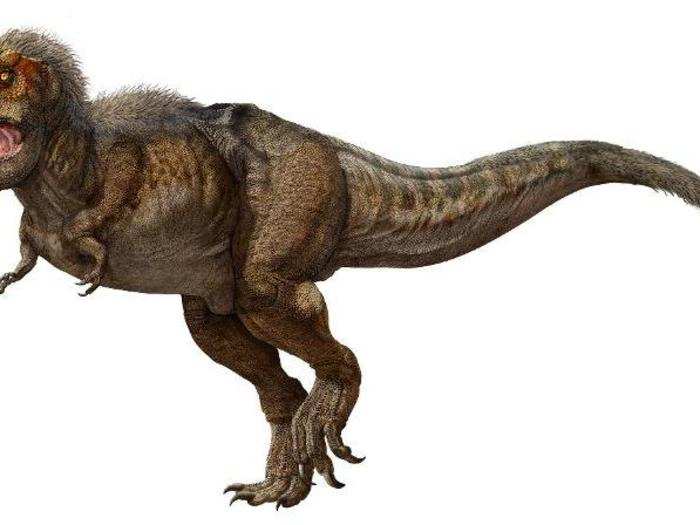
An adult T. rex had a long stride, helping it reach speeds of 10 to 25 mph. But the dinosaur never reached a suspended gait, since it had at least one leg on the ground at all times.
"If an adult T. rex was hunting a duck-billed dinosaur almost as big as it was, that duck-billed dinosaur was also likely too large to move very fast either," Woodward said.
When it walked, an adult T. rex kept its legs fairly straight, much like an elephant. Walking with bent legs would have placed immense stress on its bones and joints, quickly exhausting the creature's leg muscles.
But Woodward said juvenile T. rex "could possibly have hunted faster prey," which meant the kids and adults were likely not competing.
"This allowed T. rex to dominate various carnivore niches throughout its life," she added.
While teenage rexes like Jane and Petey could hold their own, T. rex hatchlings were far less self-sufficient.
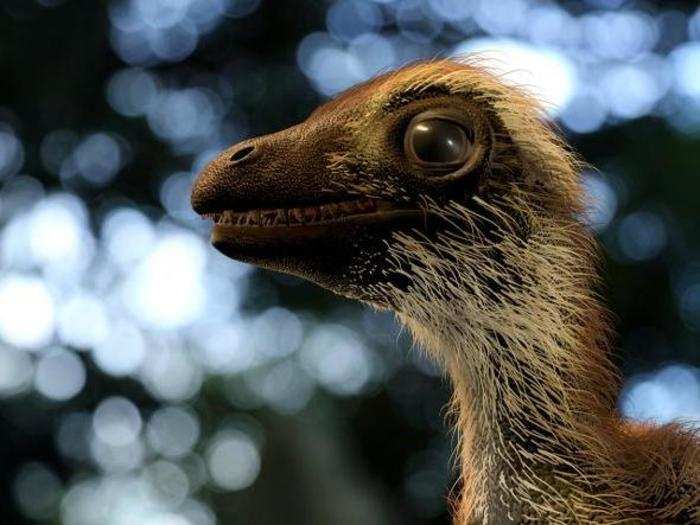
T. rex hatchlings were fairly weak and helpless — the young dinosaurs looked somewhat like ducklings and were covered in a downy layer of peach fuzz. A baby T. rex had more than a 60% chance of succumbing to predators, disease, accidents, or starvation during its first year of life.
Even though it took them 20 years to grow up, T. rexes had a fairly short lifespan by human standards. No known T. rex lived past its early 30s.
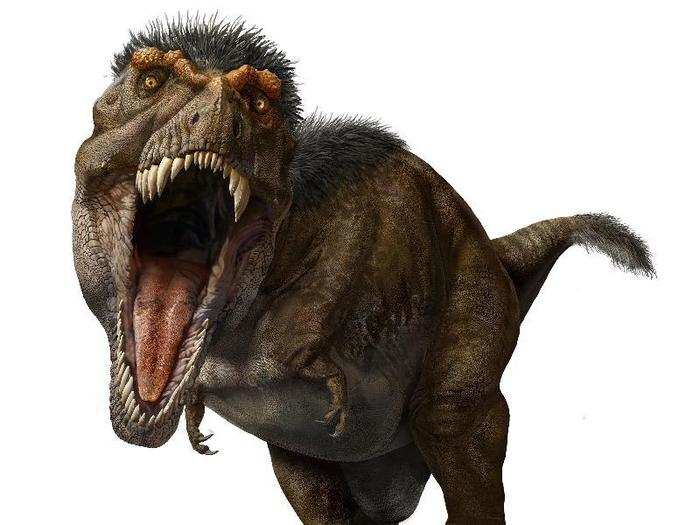
The T. rex was like "the James Dean of the dinosaurs," Gregory Erickson, a paleontologist from Florida State University, previously told Business Insider. (The actor, often affiliated with the quote "Live fast, die young, and leave a good-looking corpse," died in a car crash at age 24.)
Woodward said studying how a T. rex transformed from a fuzzy fluff ball into a massive killing machine is challenging, since only a few juvenile T. rex skeletons have been collected and are available for study.
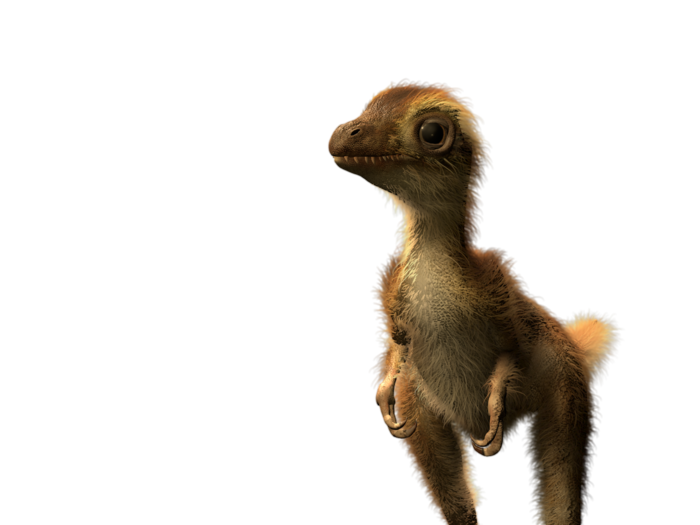
"Historically, many museums would collect the biggest, most impressive fossils of a dinosaur species for display and ignore the others," Woodward said in a press release. "The problem is that those smaller fossils may be from younger animals. So, for a long while we've had large gaps in our understanding of how dinosaurs grew up, and T. rex is no exception."
Popular Right Now
Advertisement